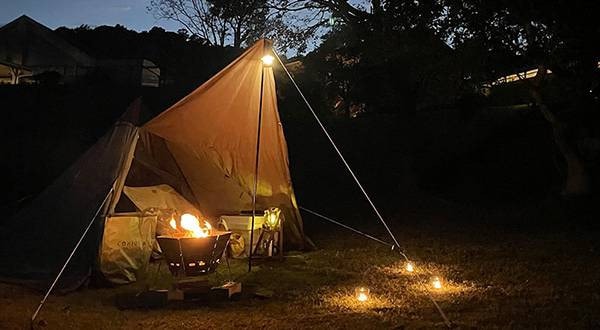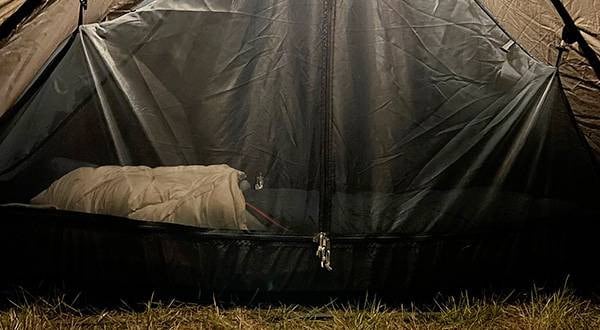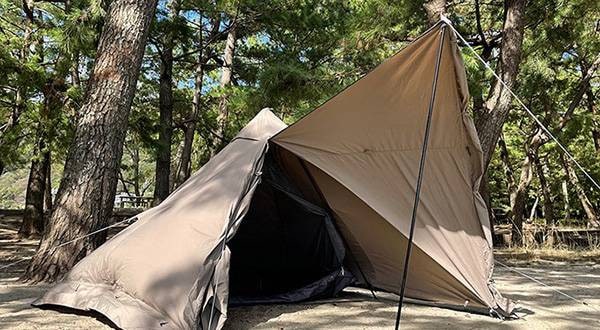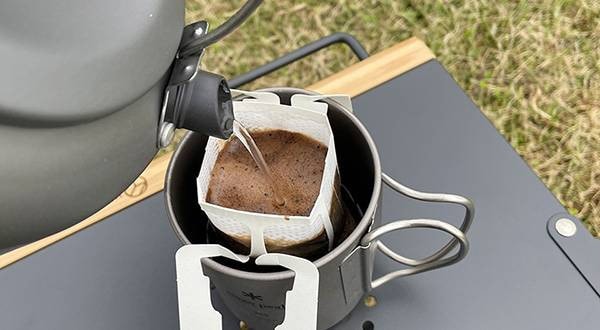How is everyone doing? Lately, many people have started making their own music recording at home because it is a hobby that they can do at home. Meanwhile, one of my acquaintances had troubles related to this -- "I can make a melody somehow, but I don't know how to make a chord progression."
I would definitely recommend this to those who are trying to recreate chord progressions and melodies of existing songs! I think you’ll be more successful if you try to feel the mechanisms of a song rather than reading a difficult theory book. If you look up the chord progression of your favorite song, enter it manually, or playing an instrument yourself and singing it, you’ll be successful. For those who are still having trouble with the subject matter, in this article, I would like to introduce three songs that I think you should try copy on your own!
■ Spitz / Sora mo toberu hazu
~Even though it's simple, there are some twists~
It's basically a simple song that uses diatonic chords. The chorus is a standard progression used in Japanese music, commonly known as the “royal road progression” in Japanese. If you are just starting to compose, I recommend you try to make your own song by using chord progressions from each part of this song. However, even though it is simple, it has some sounds and chords that are different from the original key. You should be able to notice the discomfort when you actually enter it in. Please give it a try.
■ Superfly / Ai wo komete hanataba wo
~Classic modulation in the hook~
Superfly's well-known medium ballad. What should be noted is the modulation more than the hook. The method of transposing to a whole tone or a semitone at the last big chorus is already a standard. You can copy it yourself, and if you feel the effect, try incorporating it when making music.
■ Kazuyoshi Saito / Utautai no ballad
~Unique to guitarists? Pay attention to the clean bassline~
This song, which is often sung at weddings, uses compound chords and passing diminishes to make the bassline move smoothly. Especially if you are a guitarist, you will notice that your fingers do not move much when you play the chords. In addition, the subdominant minor is used well, and sounds of other tones come in very naturally. Just enter it in and listen to it yourself. You should be able to understand the elaborate ingenuity throughout the song.
This time, for those who are interested in composition, I have introduced some famous songs that will be useful for practicing composing. If I have a chance, I would like to touch on music theory and so on in the future. Some may say that there really is no “compositional environment” in the first place. In such a case, please check the Sound House DTM / DAW category page! Let's enjoy home recording together!


























